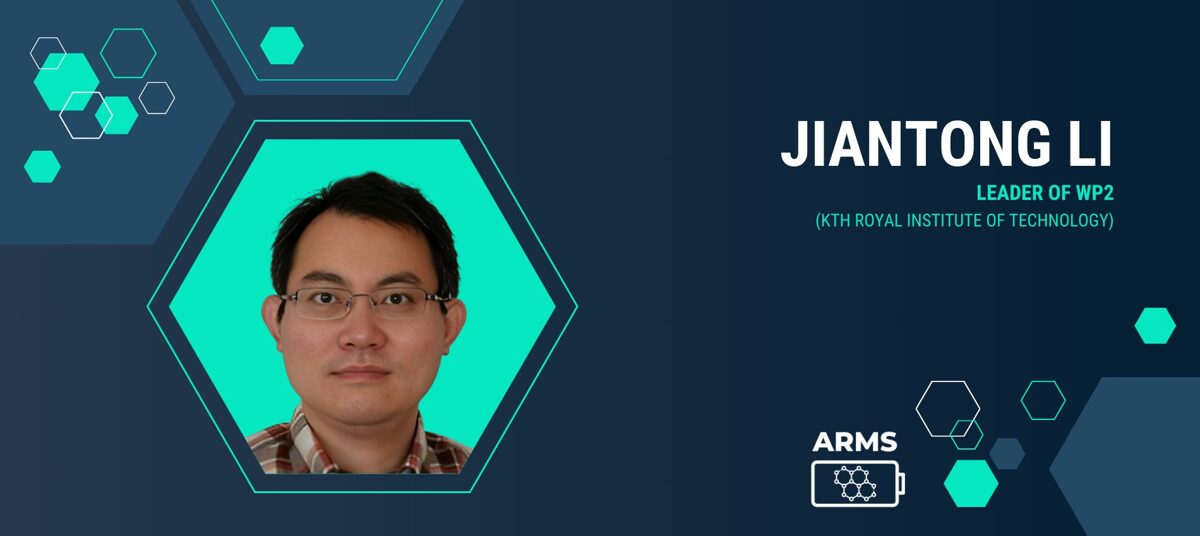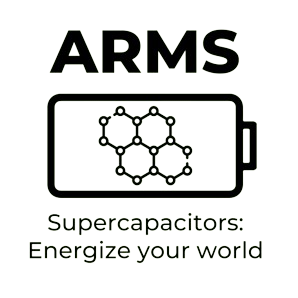WP 2 leader Jiantong Li, KTH Royal Institute of Technology

Jiantog Li received his PhD degree from KTH Royal Institute of Technology (Sweden) in 2010. He is now an Associate Professor in Printed Electronics at KTH, Chair of the IEEE Electronic Packaging Society Nordic Chapter, and Editorial Board Member of The Innovation-Energy. Jiantong Li is also a Board Member of the Nordic Microelectronics Packaging Conference and Exhibition (NordPac). His research interest includes inkjet printing and 3D printing of 2D materials and conducting polymers for scalable fabrication of electronics, energy harvesting, and energy storage applications, with a focus on paper substrates to enhance eco-friendliness and sustainability. His recent efforts are also extended to the development of versatile graphene inks for industry applications, including heat conduction, antibacterial coatings, 3D RF components, and ocean wave energy harvesting. Assoc. Prof. Li's expertise and research interests are well in line with the key objectives of ARMS, which are to develop graphene-enhanced flexible supercapacitors and structural supercapacitors.
Can you describe what your WP does in the ARMS project?
In WP2, we are combining the bio-based carbon materials synthesized in WP1 with graphene to develop versatile processes to fabricate electrodes with enhanced mechanical flexibility for flexible supercapacitors and increased capacitance for structural supercapacitors. We will also conduct systematic tests to identify the optimal electrode materials and fabrication processes that match the atomic layer deposition process and eco-friendly electrolytes for ARMS to develop advanced supercapacitors with significantly improved performance. In total, 7 partners are involved in WP2. KTH, TAU, IC, ISSP, and CID fabricate flexible supercapacitor electrodes through different processes, including both lab-scale and industrial R2R processes, aiming to deliver the optimal electrode fabrication process as the key outcome of WP2. For structural supercapacitors, AIMEN prepares various carbon fibre substrates, while KTH and CUT develop different methods to coat/grow graphene or graphene-enhanced carbon materials to significantly increase their capacitance. ISSP, KTH, and CUT will conduct systematic electrochemical tests and a mechanism study to identify the optimal electrode materials and fabrication processes.
What personal and organizational expectations do you have from the ARMS project?
Personally, I am very pleased to get the chance to work with various ARMS partners located throughout all the positions in the value chain. It is very exciting to see how graphene is transferred from materials to devices and to practical applications, and how graphene-enhanced supercapacitors evolve from lab-scale fabrication to industrial manufacturing.
From the perspective of KTH, I hope the key techniques in my group, including graphene-based ink formulation, printing, coating, and micro-supercapacitor fabrication, can be well integrated into ARMS to make contributions and meanwhile well developed during the course to address various critical challenges together with ARMS partners to substantially improve supercapacitor performance and scale up the fabricating processes.
How do you envision the integration of environmentally friendly materials in the fabrication of supercapacitor electrodes impacting everyday consumers?
Our ARMS supercapacitors are mainly based on eco-friendly materials. At the end of their lifetime, they can be directly thrown away into normal trash with no need for recycling. This will provide great convenience for everyday consumers and mitigate the present environmental impact of the batteries.
What challenges do you face in scaling up the production of graphene-enhanced electrodes, and how do these challenges affect the future of energy storage technologies?
In my opinion, the most critical challenge is the lack of a large-scale, cost-effective fabrication technique for high-quality graphene. It may increase the production cost of future energy storage technologies.
In what ways do you think the advancements in supercapacitor technology could revolutionize energy storage in various sectors, such as transportation or consumer electronics?
Our sustainable supercapacitors with energy density comparable to batteries and still high power density comparable to the normal supercapacitors will offer new opportunities to revolutionize relevant sectors. For energy storage in transportation, our ARMS supercapacitors could significantly shorten the charging time and hence increase the public adoption of electric vehicles. In addition, the structure of supercapacitors could integrate energy storage with vehicle architecture to save space and weight for higher energy and resource efficiency. For consumer electronics, the ARMS supercapacitors are mainly based on carbon materials. They are expected to have good biocompatibility and a significantly reduced environmental impact. These will mitigate the present global concern of battery waste from consumer electronics.
